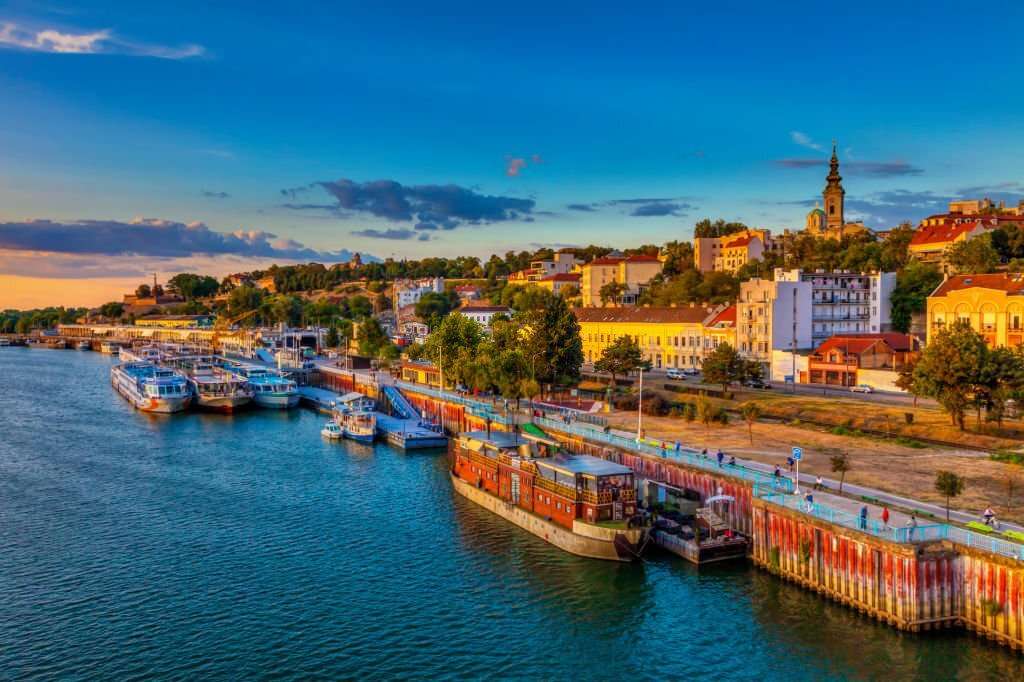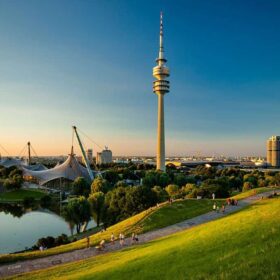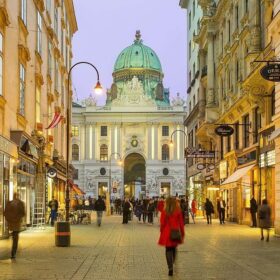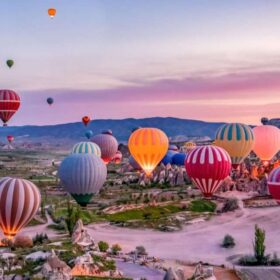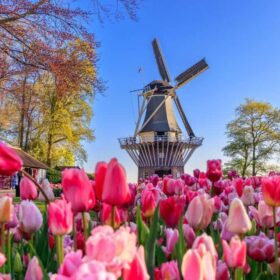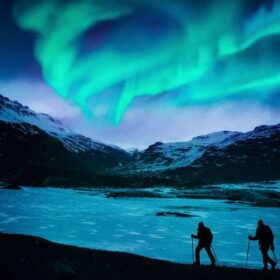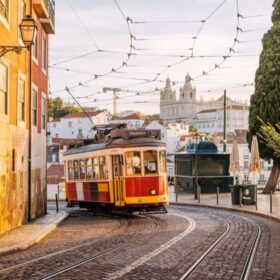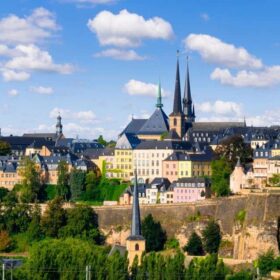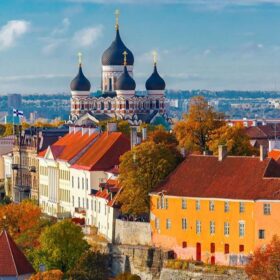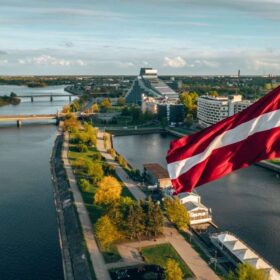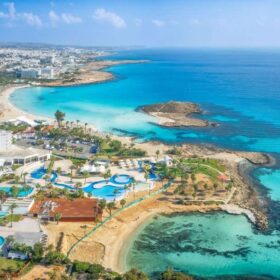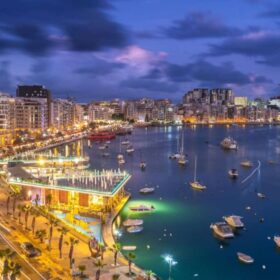When exploring Serbia, you will discover a captivating fusion of cultures that have evolved over time. This beautiful country has witnessed the influences of various civilizations, including the Romans, Ottomans, Hapsburgs, and many others, who have left their mark on its rich history. Now it is a destination for adventure, from thrilling excursions to breathtaking landscapes, in some of the most picturesque locations imaginable.
It is a place where travelers can experience the fusion of Eastern and Western cultures, exploring medieval cities adorned with grand fortresses and ancient monasteries exuding irresistible charm. Oh, and the destination offers some incredible skiing opportunities as well. Embark on a captivating journey through Serbia’s most enchanting destinations. Discover the hidden gems and iconic landmarks that make this country a must-visit for any travel enthusiast. From the vibrant streets of Belgrade to the breathtaking landscapes of Tara National Park, Serbia offers a diverse range of experiences that will leave you in awe. Explore the historic wonders of Novi Sad, immerse yourself in the rich cultural heritage of Nis, or unwind in the picturesque
Belgrade
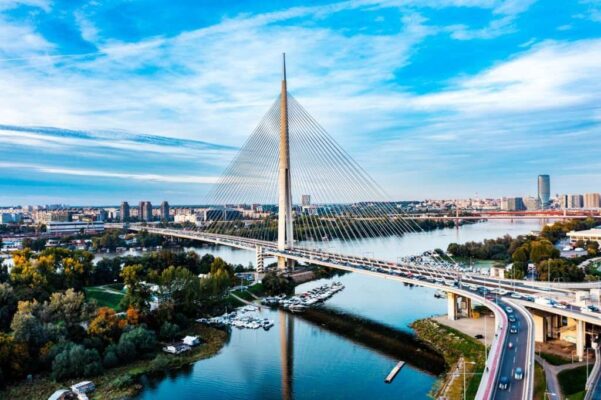
Belgrade, the capital and largest city of Serbia, has undergone a remarkable transformation over the years. Nestled at the meeting point of the Danube and Sava rivers, Belgrade boasts a rich history filled with captivating tales of battles and resilience. This remarkable city has witnessed the turmoil of 115 wars and endured the devastation of being set ablaze on 44 occasions. In the present day, this destination exudes tranquility, offering a plethora of exciting events such as book fairs, music festivals, film screenings, and even beer festivals. Belgrade Fortress is a renowned travel destination in the city, boasting a rich historical significance with its fascinating museums and beautiful churches.
It’s also a great destination for admiring the rivers and the cityscape. When traveling, make sure to visit the National Museum, which boasts an impressive collection of over 400,000 exhibits. Another must-see is the Nikola Tesla Museum, where you can explore thousands of personal items and documents belonging to the renowned inventor.
Accommodation: Where to Stay in Belgrade: Best Areas & Hotels
Studenica Monastery
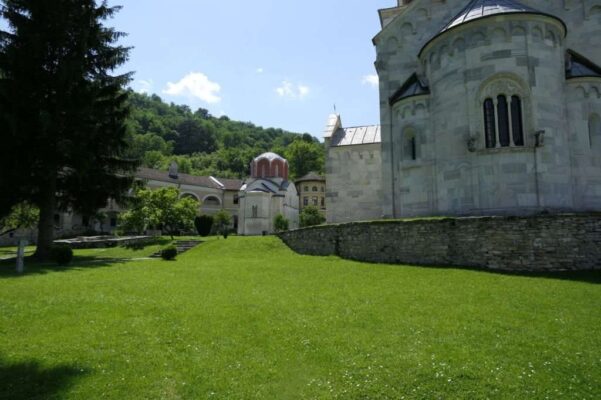
Located in the heart of Serbia, the breathtaking Studenica Monastery offers a mesmerizing travel experience. Prepare to be captivated by the vibrant green surroundings and the magnificent presence of two exquisite white marble churches, namely the Church of the King and the Church of the Virgin. The monastery, dating back to the 12th century, is renowned for its remarkable Byzantine frescoes, paintings, and intricate decorations adorning several churches within its premises.
This is consistent with the monastery’s status as Serbia’s wealthiest monastery and the mother of all Serbian Orthodox monasteries. Stefan Nemanja, the man who created Serbia and the monastery, is buried on the premises.
Kopaonik National Park
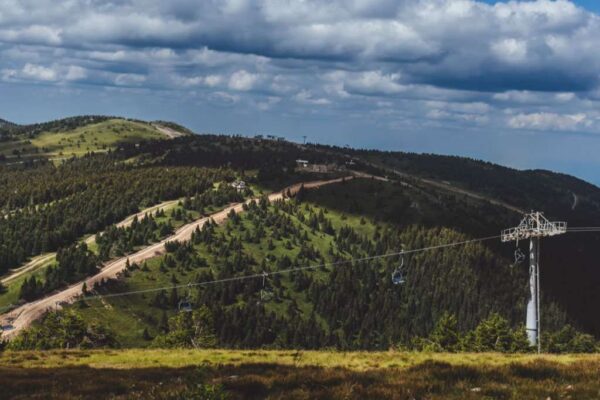
Kopaonik is a magnificent travel destination. This stunning mountain, which holds the title of being the highest in the country, was designated as a national park in 1981. Located in the picturesque landscape, the park boasts Serbia’s primary ski resort, offering 25 lifts capable of accommodating 32,000 skiers per hour. With a snow season that stretches from November to May, it provides a rugged and scenic destination for winter sports enthusiasts.
It is a fantastic destination for summer travel, offering a wide range of hiking opportunities amidst a diverse collection of plants and animals. The mountain is also renowned for its rich mineral resources, including gold, silver, iron, and zinc, which have been historically extracted from this area. The park is also home to breathtaking travel destinations, such as stunning rock formations with their own distinctive names, soothing hot springs, mesmerizing geysers, and enchanting waterfalls.
Sokobanja
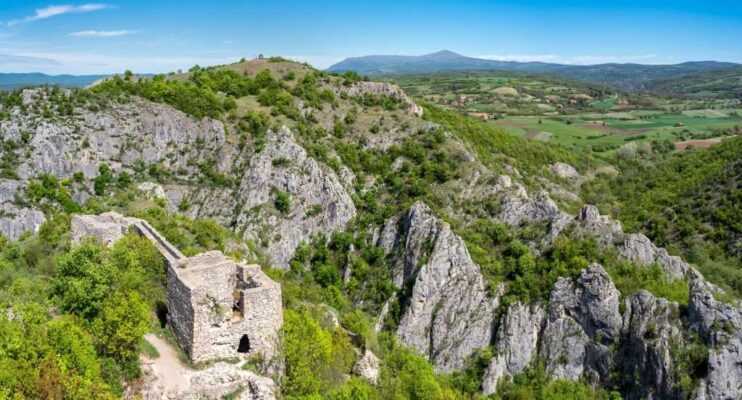
Serbia offers a plethora of options for relaxation and rejuvenation. One such destination is Sokobanja, a charming town located in the eastern part of the country. Renowned for its spa towns, which were once favored by Roman emperors, Serbia is proud to showcase the allure of Sokobanja.
Travelers from all over the world are drawn to this destination for its renowned thermal waters, believed to possess remarkable healing qualities. Additionally, visitors can explore a historic public steam room, known as a ‘hamam,’ which has been in existence since the 17th century. In addition to the hot springs, travelers also journey to Sokobanja for the refreshing atmosphere renowned for its abundance of negative ions and absence of air pollution, thanks to its elevated location. This has led to the term ‘climatic spa’ being used to describe the therapeutic benefits of inhaling pure air.
Zlatibor
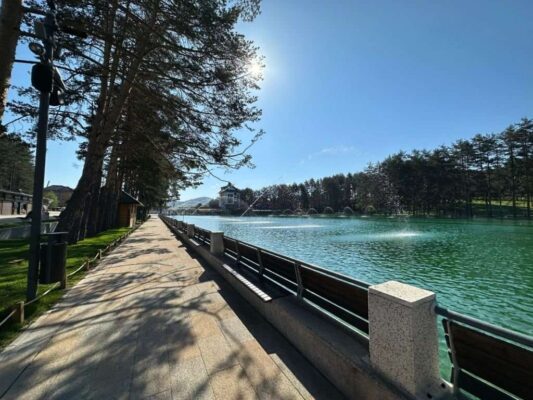
Zlatibor is a sought-after travel spot nestled in the picturesque mountains of western Serbia. The destination offers a wide range of activities to ensure your travel experience is enjoyable and invigorating, including winter skiing and summer hiking. Tornik, the highest mountain at Zlatibor, is home to a magnificent ski resort. With its impressive capacity, the resort’s runs can accommodate up to 5,400 skiers per hour.
The travel destination boasts breathtaking scenery, featuring expansive meadows and charming historic villages. The top attractions include exploring old wooden churches and visiting an open-air museum with a collection of historic houses. After a day spent traveling through the region, indulge in the tastes of Zlatiborac prsuta, a local delicacy of dried meat, and slivovitz, a traditional plum brandy.
Niš
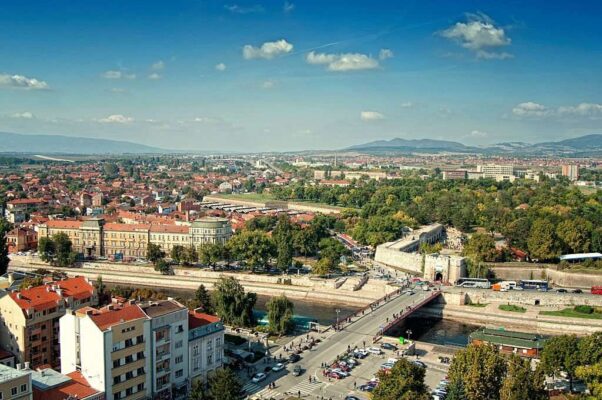
Niš, a vibrant university town, serves as a convenient stopover destination between the bustling cities of Belgrade and Sofia or Skopje. Located in the heart of Europe and the Balkans, this ancient city traces its roots all the way back to 279 BC, making it one of the oldest destinations in the region. Constantine the Great, the renowned founder of Constantinople, was born in this remarkable destination. Visitors can discover his memorial located in the heart of the city.
Additionally, located in the heart of the city, you can explore the remnants of a fortress constructed by the Turks during the 18th century. A fascinating sight to behold is the Skull Tower, constructed using the skulls of Serbians who were decapitated by the Ottomans. To the southeast of the city lies Niška Banja, a renowned spa destination known for its therapeutic hot springs that provide relief for rheumatic conditions.
Accommodation: Where to Stay in Niš: Best Areas & Hotels
Novi Sad
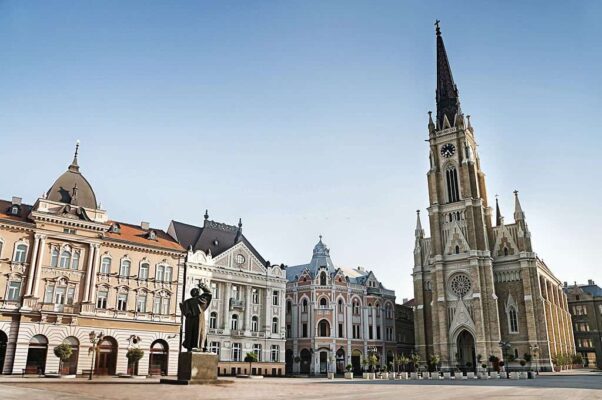
Novi Sad is a lovely city on the Danube River’s banks, with one of the river’s greatest beaches. Located in the heart of Serbia, this vibrant destination is a hidden gem for travelers seeking a unique European experience. With its rich history dating back to the late 17th century, this charming city offers a relaxed and laid-back atmosphere. Visitors can unwind and soak in the local culture while strolling through the numerous picturesque parks scattered throughout the area.
One of the most renowned attractions is its annual Exit music festival, which takes place in July at Petrovaradin, a historic fortress known for its unconquered history. When exploring this charming destination, make sure to visit the main square where you’ll find the impressive old town hall. Another must-see is the well-preserved old castle, Dvorac Dundjerski, which offers a glimpse into the region’s rich history. Don’t forget to also visit the Serbian orthodox church, Church of the Great Martyr St. George, known for its architectural beauty and cultural significance.
Subotica
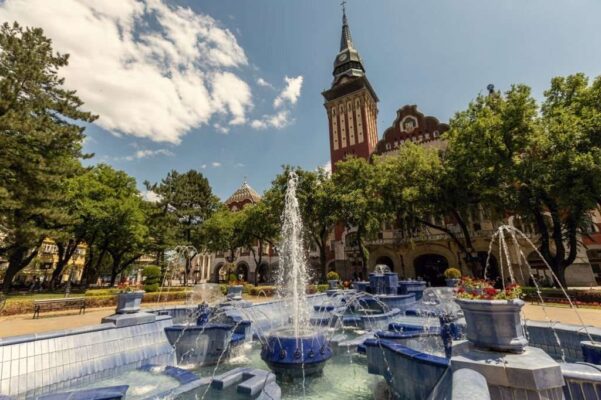
Subotica, a charming destination in Serbia, offers a plethora of reasons to visit and explore. Notably, it hosts the highest concentration of Catholic inhabitants and boasts the most art nouveau architecture compared to any other locale in the nation.
Notable attractions in the area include the city hall and the synagogue, which were constructed during the early 1900s. However, this ancient city, with a history that dates back to before the Middle Ages, is renowned for its architectural wonders. One of the notable structures is the Cathedral of St. Theresa of Avila, a magnificent edifice constructed in the year 1797. When visiting the main square, which is adorned with the city hall and its mesmerizing blue fountain, travelers can find charming cafes nearby. These cafes offer a perfect setting to unwind and enjoy a leisurely time, while also providing an opportunity to appreciate the unique finds from Buvljak, renowned as one of Europe’s largest flea markets.
Djerdap National Park

While China boasts its Three Gorges, Derdap National Park takes pride in its four gorges that span an impressive 115 km (72 miles) across the valleys. Among these, Gospodin vit stands out, hosting one of the world’s deepest rivers. The collective presence of these gorges gives rise to the Derdap Gorge, also acknowledged as the Iron Gate due to its location as the southern gateway to the Carpathian Mountains.
Nestled along the Danube River, the park finds itself in proximity to the majestic riverfront Golubac Fortress. Flourishing with abundant flora and fauna, the park draws significant footfall and ranks among the most frequented areas in Serbia. The allure of a lake formed by a hydroelectric plant adds to its attraction.
Devil’s Town
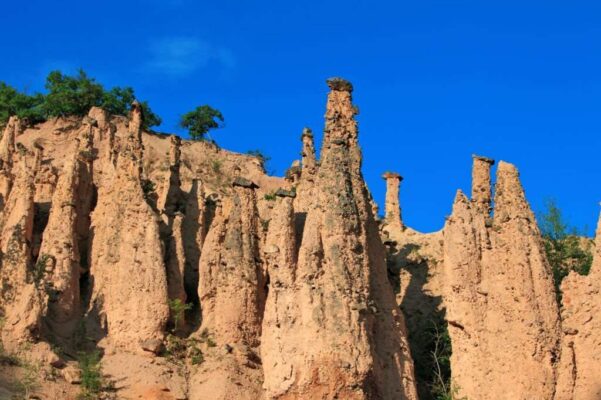
One of Serbia’s most majestic travel destinations is Devil’s Town, a captivating rock formation shaped by the forces of erosion. Its intriguing name is derived from the peculiar and unique rock formations found there. According to local folklore, these rocks are believed to be individuals from a wedding celebration who were transformed into stone by a mythical entity. Incredible travel destinations often feature unique natural wonders, such as the mesmerizing Djavolja Voda , also known as Devil’s Water, renowned for its highly acidic properties that have played a significant role in shaping this geological marvel.
Situated in the picturesque region of southern Serbia, Devil’s Town beckons travelers with its enchanting allure. This mesmerizing destination boasts over 200 extraordinary rock formations that majestically dominate the surrounding landscape. Nestled amidst two sprawling valleys, Devil’s Town is nestled on the slopes of Radan Mountain, offering visitors a truly captivating experience. As you travel, you will come across ever-changing pillars that are constantly evolving. They may crumble, creating space for new and captivating formations to emerge.
FAQs (Frequently Asked Questions)
Q: Is Serbia a safe travel destination?
A: Yes, Serbia is generally considered safe for travelers. However, like any destination, it’s recommended to stay vigilant and take common-sense precautions.
Q: When is the best time to visit Serbia?
A: The best time to visit Serbia is during the spring (April to June) and fall (September to October) when the weather is pleasant, and tourist crowds are smaller.
Q: What is the local currency in Serbia?
A: The official currency of Serbia is the Serbian Dinar (RSD). It’s advisable to have some local currency on hand for smaller establishments.
Q: Do I need a visa to visit Serbia?
A: Depending on your nationality, you might need a visa to enter Serbia. Check with the Serbian embassy or consulate in your country before traveling.
Q: Are English language and signs widely available?
A: While Serbian is the official language, English is commonly spoken, especially in tourist areas. Many signs and menus are also available in English.

